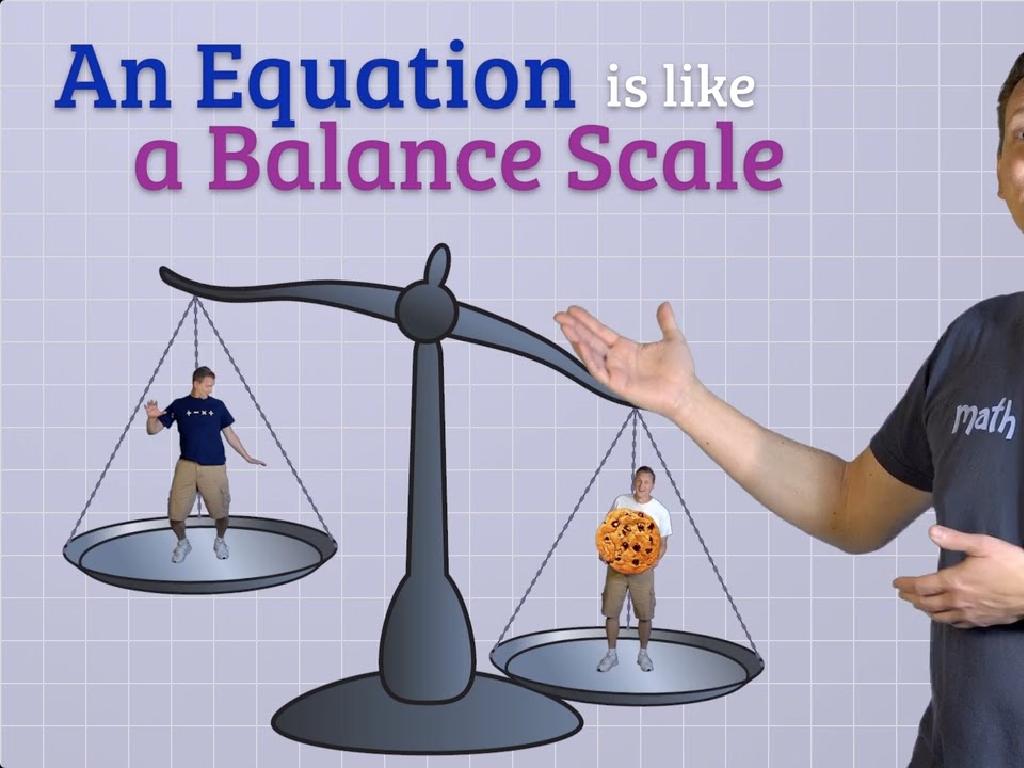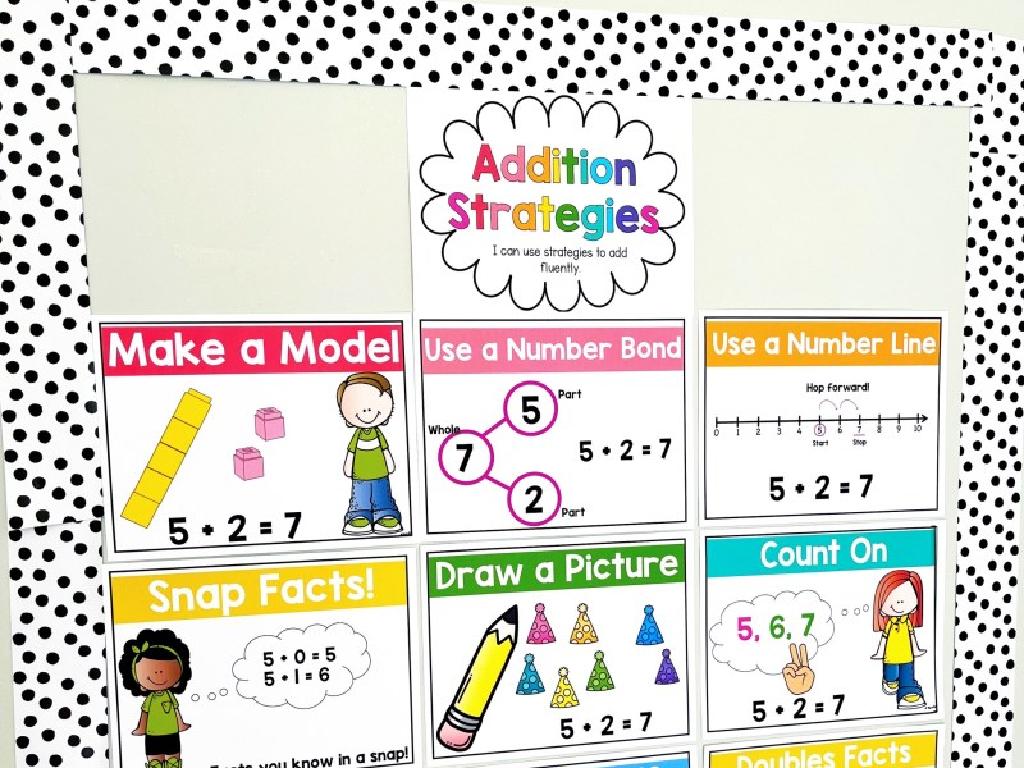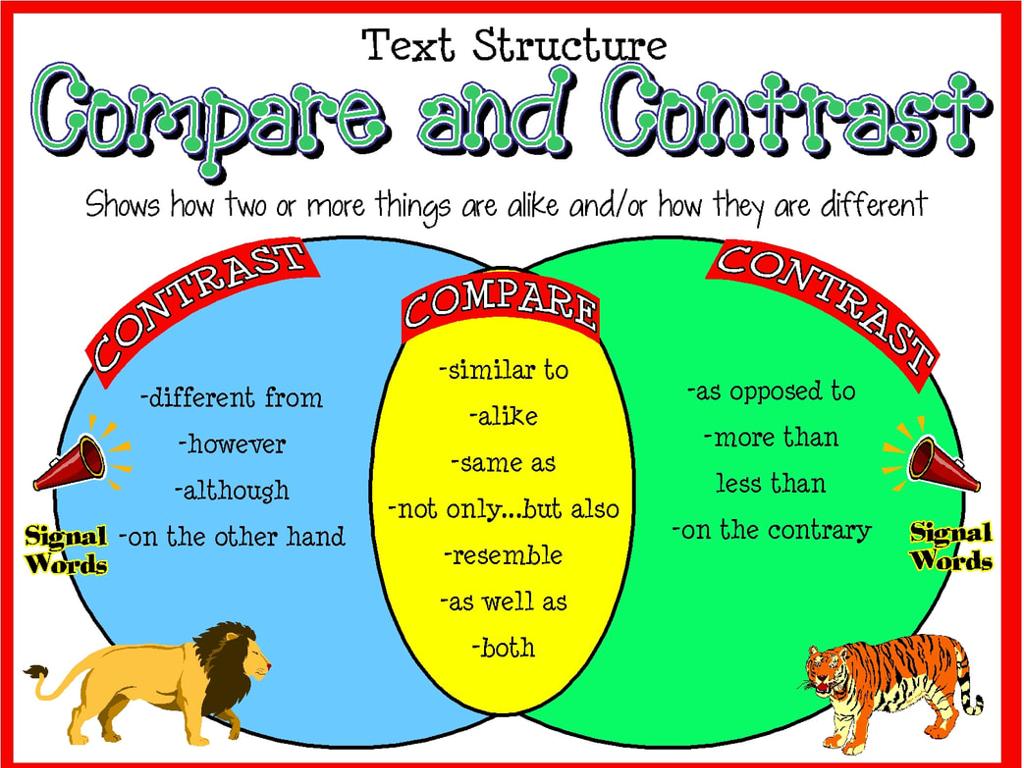Reflections Over The X- And Y-Axes: Graph The Image
Subject: Math
Grade: Eighth grade
Topic: Transformations And Congruence
Please LOG IN to download the presentation. Access is available to registered users only.
View More Content
Understanding Reflections in Transformations
– Exploring transformations
– Today’s focus: x- and y-axis reflections
– Flip a figure over a line to mirror across the axis
– Reflections and world symmetry
– Symmetry is everywhere: butterfly wings, leaves, faces
– Reflections in math and nature
– Reflective properties in water, mirrors, and art
|
This slide introduces the concept of transformations with a focus on reflections over the x- and y-axes. Transformations include operations such as reflections, rotations, translations, and dilations that alter the position of a figure while maintaining its shape and size. Today, we’ll concentrate on reflections, which create a mirror image of a figure over a given line, such as the x-axis or y-axis. Discuss how symmetry, a type of reflection, is present in the natural and man-made world, providing relatable examples such as the symmetry in a butterfly’s wings or reflections in water. Encourage students to observe symmetry in their surroundings and consider how reflections play a role in art and design. This will help them understand the practical applications of reflections beyond the classroom.
Understanding Reflections in Geometry
– Define geometric reflection
– A flip over a line where the figure is the same distance from the line on the opposite side.
– Compare reflection to mirror image
– Unlike a mirror image, a reflection may involve flipping over a line that isn’t vertical.
– Explore properties of reflections
– Reflections preserve size, shape, and angles but change the orientation.
– Reflections on coordinate axes
– On the x-axis, y-coordinates change sign; on the y-axis, x-coordinates change sign.
|
This slide introduces the concept of reflection in geometry, which is a type of transformation where a figure is flipped across a line, creating a mirror image. It’s crucial to differentiate between a reflection in geometry and a mirror image, as the ‘mirror’ or line of reflection isn’t always vertical. Emphasize that reflections maintain the figure’s size, shape, and angle measures but change the orientation. When reflecting over the x-axis, the y-coordinates of the figure’s points change sign, and when reflecting over the y-axis, the x-coordinates change sign. Provide examples on the coordinate plane to illustrate these concepts. Encourage students to practice by drawing reflections of given shapes over the x- and y-axes.
Reflections Over the X-axis
– Reflecting a point over the x-axis
– To reflect a point, invert its y-coordinate
– Rules for x-axis reflection
– For any point (x, y), the reflection is (x, -y)
– Example: Triangle reflection
– Reflect ABC with vertices (1,2), (3,4), (5,6)
– Practice with coordinates
– Use graph paper to plot points and their reflections
|
This slide introduces the concept of reflecting points and shapes over the x-axis. Start by explaining that a reflection is a flip over a line, in this case, the x-axis. Emphasize that when reflecting a point across the x-axis, only the y-coordinate changes sign. Provide an example with a triangle, showing the original coordinates and their reflected counterparts. Encourage students to practice by plotting both the original and reflected points on graph paper to visualize the reflection. This will help solidify their understanding of reflections in a coordinate plane.
Reflections Over the Y-Axis
– Reflecting points across y-axis
– To reflect a point, switch the sign of its x-coordinate while keeping the y-coordinate the same.
– Rules for y-axis reflection
– For any point (x, y), the reflection over the y-axis will be (-x, y).
– Reflect a triangle example
– Example: Triangle with vertices at (3, 2), (4, -1), (5, 2) reflects to (-3, 2), (-4, -1), (-5, 2).
|
This slide introduces the concept of reflecting points over the y-axis, a key concept in understanding transformations in the coordinate plane. Start by explaining that a reflection is a ‘flip’ over a line, such as the y-axis. Emphasize that when reflecting over the y-axis, only the x-coordinate changes sign. Provide the rule for reflection and then apply this rule to an example, such as reflecting a triangle over the y-axis. Show how each vertex of the triangle is reflected to a new position on the opposite side of the y-axis. Encourage students to visualize the reflection by drawing the original and reflected triangles on graph paper. This will help them understand the ‘mirror image’ effect of reflections.
Reflections in the Coordinate Plane
– Understanding the coordinate plane
– A 2D plane divided into 4 quadrants by x and y axes
– Plotting points and reflections
– For point (x, y), its reflection across the x-axis is (x, -y), and across the y-axis is (-x, y)
– Reflecting shapes over axes
– To reflect a shape, reflect each vertex and connect them
– Practice with reflection exercises
– Use graph paper to practice reflecting given shapes over the x-axis and y-axis
|
This slide introduces students to the concept of reflections in the coordinate plane, an important part of understanding transformations and congruence. Begin by explaining the layout of the coordinate plane and its quadrants. Then, demonstrate how to plot points and find their reflections across both the x- and y-axes. Emphasize that reflecting a point over the x-axis changes the sign of the y-coordinate, while reflecting over the y-axis changes the sign of the x-coordinate. Move on to reflecting entire shapes by applying these principles to each vertex of the shape. Provide practice exercises where students can apply these concepts by reflecting shapes over both axes on graph paper. Encourage students to check their work by ensuring the reflected shape is congruent to the original.
Real-Life Examples of Reflection
– Reflections in nature
– Water bodies mirroring trees, mountains
– Symmetry in architecture
– Buildings with symmetrical facades
– Everyday object reflections
– Mirrors, shiny surfaces, water puddles
– Understanding reflections
– How light or images bounce off surfaces
|
This slide aims to show students how the concept of reflections is not just a mathematical idea, but something that can be observed all around us in daily life. Discuss how nature often displays reflections, such as a mountain reflected in a lake. Highlight the importance of symmetry in architecture, where the left and right sides of structures mirror each other. Point out reflections we see in everyday objects like mirrors, glossy screens, and even puddles after rain. Explain that these examples are similar to reflecting an image over the x- or y-axis on a graph. Encourage students to think of other examples of reflections they encounter every day and how they might represent them on a coordinate plane.
Class Activity: Let’s Reflect!
– Create your own shape on grid paper
– Reflect your shape over the x-axis
Flip the shape across the horizontal x-axis
– Reflect your shape over the y-axis
Flip the shape across the vertical y-axis
– Share your reflections with the class
Discuss how the shape changed with each reflection
|
This activity is designed to help students understand the concept of reflection in geometry. Provide each student with grid paper, a ruler, and colored pencils. Instruct them to draw an original shape on the grid paper. Then, guide them through the process of reflecting their shape over the x-axis, followed by the y-axis. Encourage creativity in their shapes and use of color. After completing the reflections, have students share their original and reflected shapes with the class to foster a discussion about the properties of reflections and how the coordinates change. Possible variations for different students could include reflecting complex shapes, using different axes of reflection, or combining reflections with other transformations like rotations or translations.
Reflections Quiz: Test Your Knowledge
– Quick quiz on reflections
– Questions on points and shapes
– Reflect points/shapes over x-axis or y-axis
– Review and discuss answers
– Go over each question and answer
– Clarify any doubts
– Open floor for questions and explanations
|
This slide introduces a quick quiz designed to assess students’ understanding of reflections over the x- and y-axes. The quiz should include a variety of questions that require students to reflect given points and shapes across both axes. After the quiz, review the correct answers with the class, ensuring to clarify the process of reflection and the properties that remain unchanged after a shape has been reflected. Encourage students to ask questions if they have doubts and provide additional examples if necessary to ensure comprehension. This activity will help solidify their understanding of reflections in the coordinate plane.
Reflections: Conclusion & Homework
– Recap: Reflections over axes
– Summarize how to reflect points over the x-axis and y-axis
– Why reflections matter in geometry
– Understanding reflections helps in studying shapes and symmetry
– Homework: Practice worksheet
– Complete the provided worksheet to reinforce today’s lesson
– Be prepared to discuss solutions
– We’ll review the worksheet answers in our next class
|
This slide wraps up the lesson on reflections over the x- and y-axes by summarizing the key points. Emphasize the importance of reflections in understanding geometric concepts such as symmetry and congruence. For homework, students are assigned a worksheet to apply what they’ve learned about reflections. This practice will help solidify their understanding and prepare them for more complex transformations. In the next class, be ready to go over the worksheet answers and address any questions or difficulties the students may have encountered.






